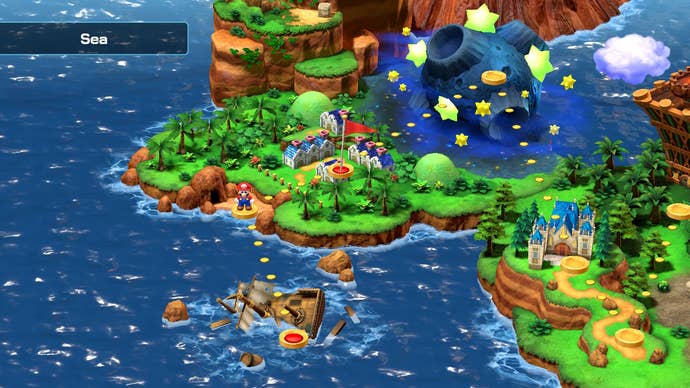“None of this is simply about being able to play a game.”
How do you communicate what it’s like to live in a body that’s become hostile and cruel?
It’s a question that haunts the writing of a piece like this.

As Kolo suggests, chronic pain is about more than pain.
It exacts an existential toll as well as a physical one.
It’s not hurt like knocking one’s elbow or stubbing a toe.

“Being in small amounts of pain may not prevent you from doing things,” Rebecca says.
On those days, gaming, if we can do it, becomes an invaluable distraction.
For most, gaming is simply plugging in and playing.

For us, it’s more complex.
Both Kolo and Arevya use the Microsoft Adaptive Controller to shift inputs from their hands to their feet.
Nor is any of this contextually curative.
“Which is really sad; I hate it.”
That’s easy: more features, more assistance, and more ways to let us play.
But Arevya stresses this needs to evolve to be more holistic.
As that approach evolves, so should the transparency with which we present accessibility information.
It’s never a simple transaction for disabled players.
“It’s a planning decision,” Kolo says.
“It’s a very scared, lonely decision.”
That isolation is a cornerstone of disability, even for those with a strong social circle.
We can talk in concrete terms about rest, and pacing, and mitigating exertion through preparation and recovery.
But we rarely address that these necessary steps are invariably isolating.
Hidden in the cracks of that isolation is a greater stillness than any able-bodied person will ever know.
In gaming, we find something stimulating that can arrest that void without making it hungrier.
“I think people kind of pooh-pooh gaming accessibility,” Kolo says.
But few have the insight to really see it beyond a hobby.
It’s not about play.
When you’re in pain, gaming becomes a way to live.